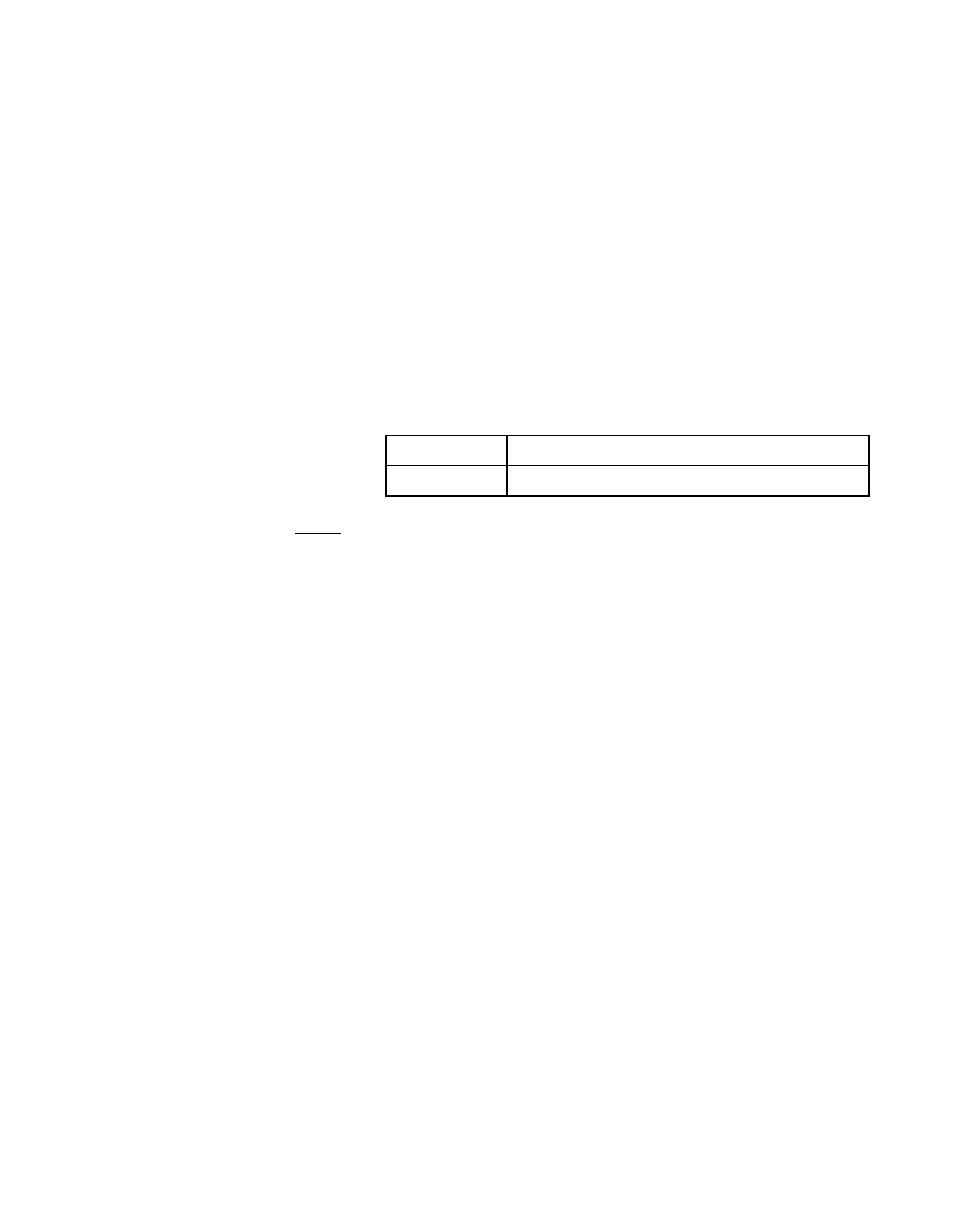Avago Technologies LSI53C1010R User Manual
Page 255

Block Move Instructions
5-7
Version 2.2
Copyright © 2000–2003 by LSI Logic Corporation. All rights reserved.
TIA
Table Indirect 32-Bit Addressing
28
When this bit is set, the 24-bit signed value in the start
address of the move is treated as a relative displacement
from the value in the
register. Both the transfer count and the
source/destination address are fetched from this location.
Use the signed integer offset in bits [23:0] of the second
four bytes of the instruction, added to the value in the
register, to fetch first the
byte count and then the data address. The signed value
is combined with the data structure base address to
generate the physical address that fetches values from
the data structure. Sign-extended values of all ones for
negative values are allowed, but bits [31:24] are ignored.
Note:
Using indirect and table indirect addressing simultaneously
is not permitted; use only one addressing method at a time.
Prior to the start of an I/O, load the
register with the base
address of the I/O data structure. Any address on a
Dword boundary is allowed.
After a Table Indirect opcode is fetched, the
is added to the 24-bit
signed offset value from the opcode to generate the
address of the required data; both positive and negative
offsets are allowed. A subsequent fetch from that address
brings the data values into the chip.
For a MOVE instruction, the 24-bit byte count is fetched
from system memory. Then the 32-bit physical address is
brought into the LSI53C1010R. Execution of the move
begins at this point.
SCRIPTS can directly execute operating system I/O data
structures, saving time at the beginning of an I/O
operation. The I/O data structure can begin on any Dword
boundary and may cross system segment boundaries.
There are two restrictions on the placement of pointer
data in system memory:
Command
Not Used
Don’t Care
Table Offset